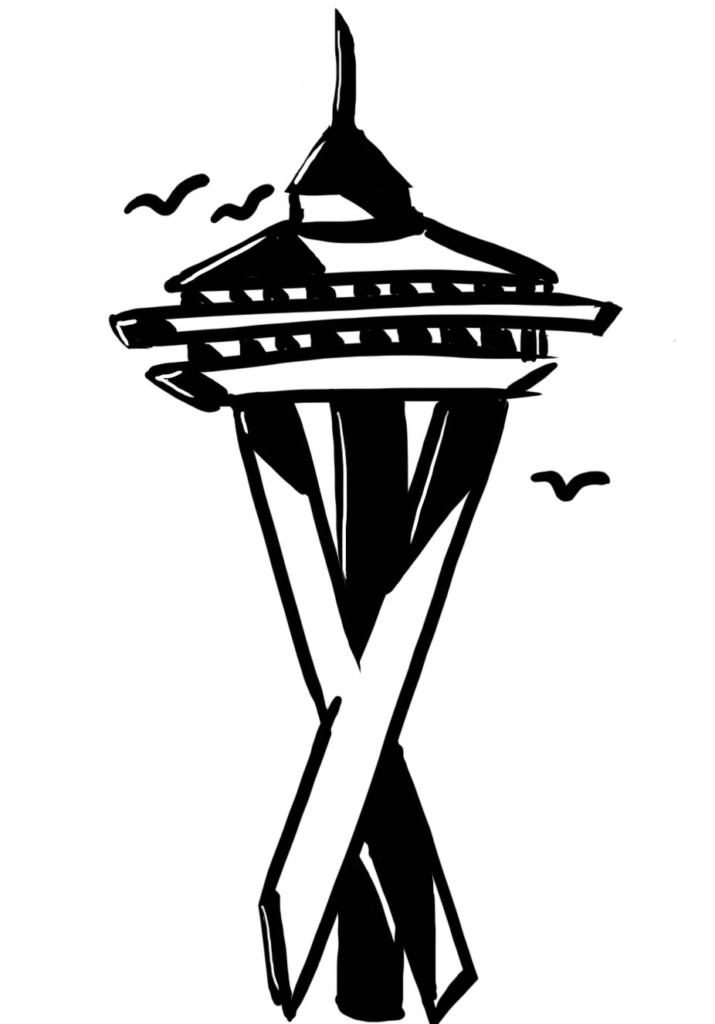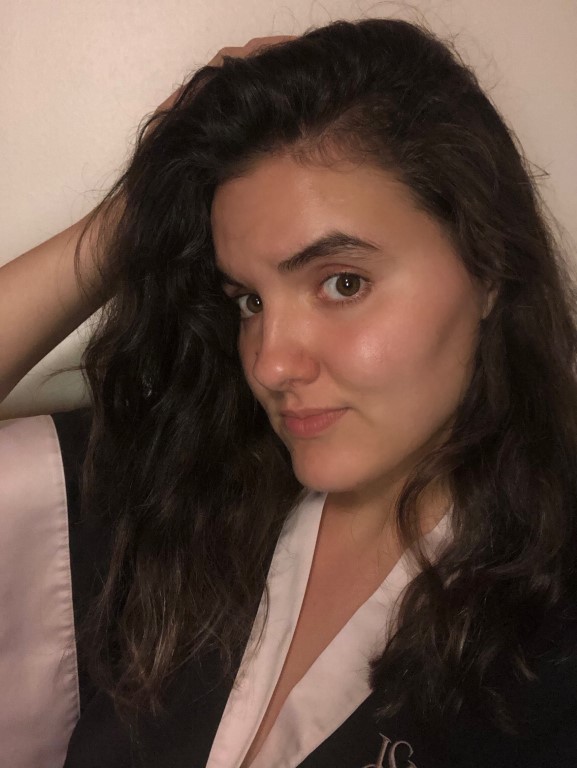
Amidst all the science and technology-themed attractions—there was a risqué and taboo element of the fair: nudity and dancing women.
Ten million people attended the fair that put Seattle on the world map
By Brandon Yip, Senior Columnist
This year marks 60 years since the Seattle World’s Fair. It was originally named the Century 21 Exposition. At the time it was considered groundbreaking and innovative with the numerous attractions, exhibits and technology featured. Some structures built for the fair still exist like the Space Needle and Monorail system (Seattle Center Monorail).
According to an article in the Seattle Post-Intelligencer in April 2021, US president, John F. Kennedy, helped open the Seattle World’s Fair by pressing a telegraph key during his Easter holiday in Florida. Kennedy was also unable to attend the fair’s closing ceremony in October 1962, due to the Cuban Missile Crisis. But at the time, Kennedy blamed his absence on a cold. Exposition president, Joseph Gandy, would be in-person to officially open Century 21 for business on April 21, 1962.
The fair operated for six months, closing on October 21, 1962. Over 10 million people attended, putting Seattle on the map as a world destination. According to the official government website for the City of Seattle, the US government “committed over $9 million to the fair.” Knute Berger, official writer-in-residence at the Space Needle, wrote in a February 2012 article (50th anniversary of the fair), the fair had significant and positive repercussions for Seattle, leaving “…the city with a permanent cultural nexus and major infrastructure.” Berger also stated the fair, “…helped boost major projects, such as the completion of Interstate 5 through downtown and the SR 520 bridge. It bequeathed to us Seattle Center, a permanent complex of theatres, pavilions, the Pacific Science Center, Coliseum [then KeyArena and now Climate Pledge Arena], Center House, Opera House, the Monorail and open urban space.” Notably, Berger stated Microsoft billionaires the late Paul Allen and Bill Gates were impressed by the fair and “…today they have enterprises, such as the EMP Museum [now Museum of Pop Culture] and the Gates Foundation headquarters, on or near the fairgrounds.”
However, a tragedy occurred on the fair’s opening day. During the opening ceremonies, HistoryLink reported that an “Air Force F102 airplane—part of a squadron performing at opening day ceremonies for the Seattle World’s Fair—crashed into two homes in a Mountlake Terrace [neighbourhood] (now part of Shoreline).” One of the two houses was empty, but sadly the owners of the second home were killed.
After the tragedy, the fair went ahead as scheduled. The official government website for the City of Seattle wrote in an article about the fair’s highlights that included “an array of musicians, orchestras, dance troupes, art collections, singers, comedians, and other various shows travelling through the fair during its run. Adding to the star-studded atmosphere was the presence of the ‘King of Rock and Roll,’ Elvis Presley, who arrived to shoot [the] film, It Happened at the World’s Fair. Indeed, [several] celebrities came to the Exposition as tourists, including Vice-President Lyndon Johnson, Walt Disney, and Prince Phillip of Great Britain.”
Another unique side of the fair was food-related, as Belgian waffles made their American debut. They were previously shown at a world’s fair in Brussels in 1958. HistoryLink (quoted in Seattle Post-Intelligencer) wrote about the delicious delicacy: “Walter Cleyman, who baked waffles at the Brussels fair, opened two waffle stands at the Seattle fair—one on the Boulevards of the World, and one near the International Fountain. Cleyman brought his gas-powered waffle irons with him from Belgium, along with his wife and daughter, who [helped] at the waffle stands.” HistoryLink then reported Cleyman had been invited to the Olympic Hotel to sample some American waffles, which he never had eaten before: “After some thoughtful munching, he gave his approval claiming that they tasted [particularly good]. But as tasty as the American waffles were, they were no match for his own.”
Interestingly, amidst all the science and technology-themed attractions—there was a risqué and taboo element of the fair: nudity and dancing women. According to a May 2021 article in the Seattle Post-Intelligencer, an area called “Show Street” contained a section of restaurants, bars and nightclubs that allowed nudity in its establishments. A feature called “Girls of the Galaxy” had models posing in revealing space-age costumes with attendees being able to rent cameras to take photos. The Seattle Censor Board later ordered the show closed in April 1962. Among its complaints were “excessive shimmying and shaking by bare-breasted space girls.” The shows were shut down a second time in May 1962; reopening a week later. It continued having “nude” shows under much scrutiny until it was closed permanently for financial reasons in August 1962.
Lastly, the Seattle World’s Fair in 1962 highlighted the advancements in space and technology. According to Knute Berger, the fair was a bottom-line success: “It made a profit and even paid off its private investors only three months into the fair.” The 605-foot Space Needle, which cost $4.5 million to build for the fair, remains a significant and iconic symbol and landmark. It is picturesque, accentuating the beauty of the Seattle and Pacific Northwest landscape. Once again, Berger provided his insight from the same February 2012 article, as to why the Seattle World’s Fair was instrumental in helping to put Seattle on the world map: “The organizers of Century 21 pulled off something that we’re still celebrating and analyzing. It’s in our collective memory as something we left behind that’s worth remembering; that could help us learn again how to get where we want to go. Will it soon be time for Century 22? Let’s bring back the three-martini lunch and talk it over.”



